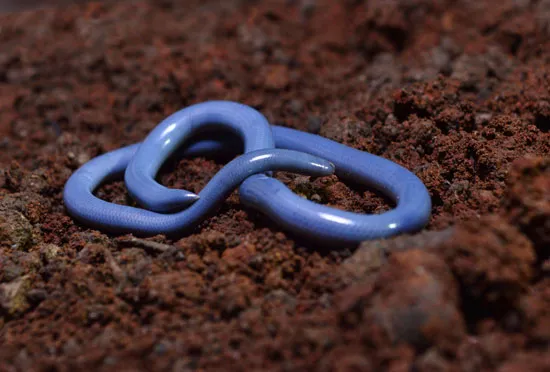In the shadowy corners of gardens, beneath piles of leaves, and sometimes nestled inside forgotten footwear, lurks a fascinating reptile with peculiar habitat preferences. The common name “snake that lives in abandoned shoes and debris” is often used colloquially to describe several species that have adapted to human-adjacent environments, particularly the Brahminy Blind Snake and certain species of small garter snakes. These remarkable creatures have evolved to thrive in the margins of human habitation, making use of our discarded items and yard waste as shelter and hunting grounds. Their presence often goes unnoticed until someone reaches for an old boot in the garage or clears away a pile of garden debris, making for startling but typically harmless encounters. This article explores the fascinating world of these adaptable reptiles, their behaviors, and their unique relationship with human environments.
The Identity Crisis: Which Snakes Live in Shoes?

While no snake species exclusively specializes in shoe habitation, several small snake species opportunistically use footwear as temporary shelter. The Brahminy Blind Snake (Indotyphlops braminus), also known as the flowerpot snake, is perhaps the most notorious for being discovered in shoes, planters, and other small enclosed spaces. Measuring typically less than 6 inches long and with a diameter similar to a spaghetti noodle, these diminutive reptiles can easily slip into the confined space of a boot or sneaker. Small species of garter snakes, worm snakes, and ring-necked snakes may also occasionally take refuge in shoes left in garages, porches, or garden sheds. These snakes are attracted to the dark, enclosed environment that mimics their natural hiding spots and may offer protection from predators and environmental extremes.
Brahminy Blind Snake: The Shoe-Dwelling Specialist
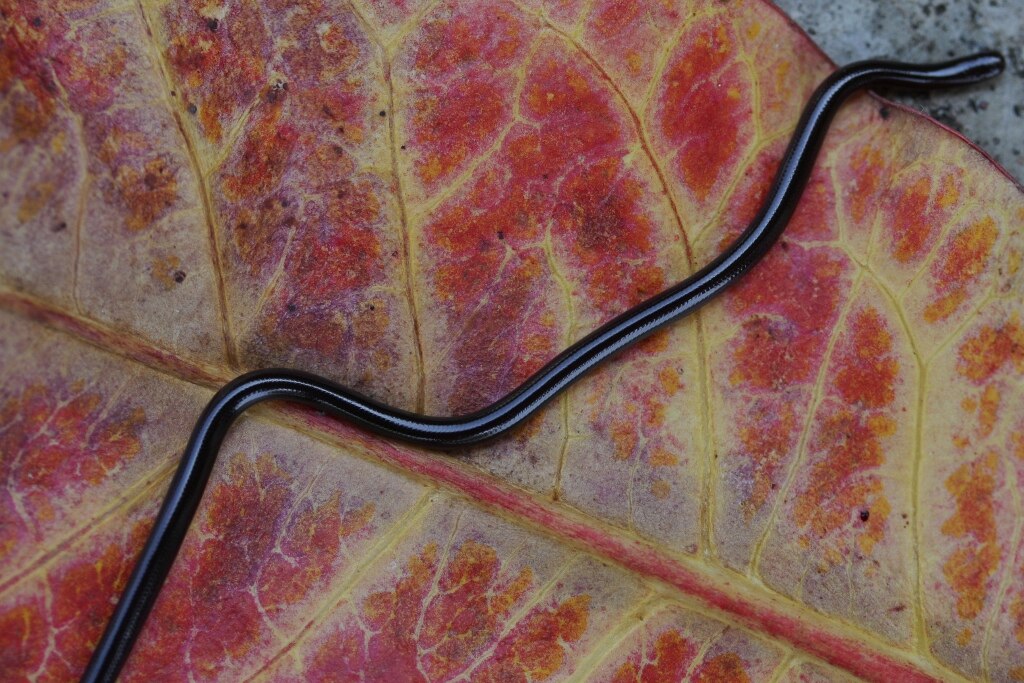
The Brahminy Blind Snake holds several distinctions that make it particularly likely to be found in shoes and debris around human habitations. As one of the world’s smallest snake species, rarely exceeding 6 inches in length, it can access tiny spaces inaccessible to larger reptiles. This species is also notable for being composed almost entirely of females, reproducing through parthenogenesis – a form of asexual reproduction where females produce offspring without fertilization. Their burrowing lifestyle naturally predisposes them to seek out dark, confined spaces, making abandoned footwear an ideal temporary habitat. Despite their snake classification, Brahminy Blind Snakes more closely resemble earthworms with their smooth, shiny scales, tiny eyes covered by scales (hence “blind” in their name), and blunt-ended body that helps them move through soil and debris.
The Appeal of Abandoned Footwear as Habitat
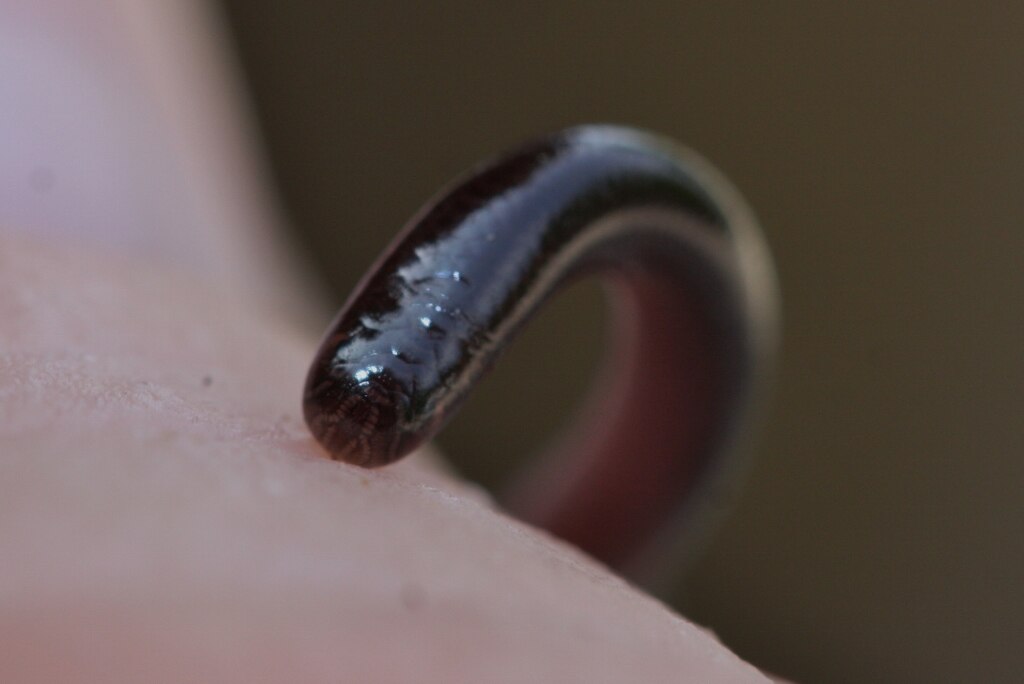
Shoes represent a surprisingly ideal microhabitat for certain small snake species, offering multiple benefits that align with their survival needs. The enclosed, dark interior of footwear provides excellent protection from predators such as birds, larger reptiles, and mammals that might otherwise make a meal of these small snakes. Temperature regulation is another significant advantage, as shoes help buffer against environmental extremes, staying cooler during hot days and retaining warmth during colder periods. Shoes often accumulate moisture from human feet or environmental conditions, creating a humid microclimate that many small snake species prefer for optimal skin health and hydration. Additionally, insects and small invertebrates may also seek shelter in abandoned shoes, inadvertently providing a convenient food source for any snake that takes up residence there.
Debris Piles: Snake-Made Communities

Beyond footwear, various types of debris piles serve as prime real estate in the snake world, sometimes hosting multiple species simultaneously. Leaf litter, mulch heaps, compost piles, and stacks of firewood create layered environments with numerous hiding spots, temperature gradients, and abundant prey. These debris accumulations function as miniature ecosystems, attracting insects, worms, and other invertebrates that form the food base for small snake species. The decomposition process in organic debris generates heat, creating warm zones that are particularly attractive to reptiles during cooler seasons. Garden debris can be especially appealing as it combines organic matter with structural elements like branches and stems, creating a complex three-dimensional habitat with multiple microenvironments suitable for different snake activities, including hunting, resting, and thermoregulation.
Diet and Hunting Behavior of Shoe-Dwelling Snakes
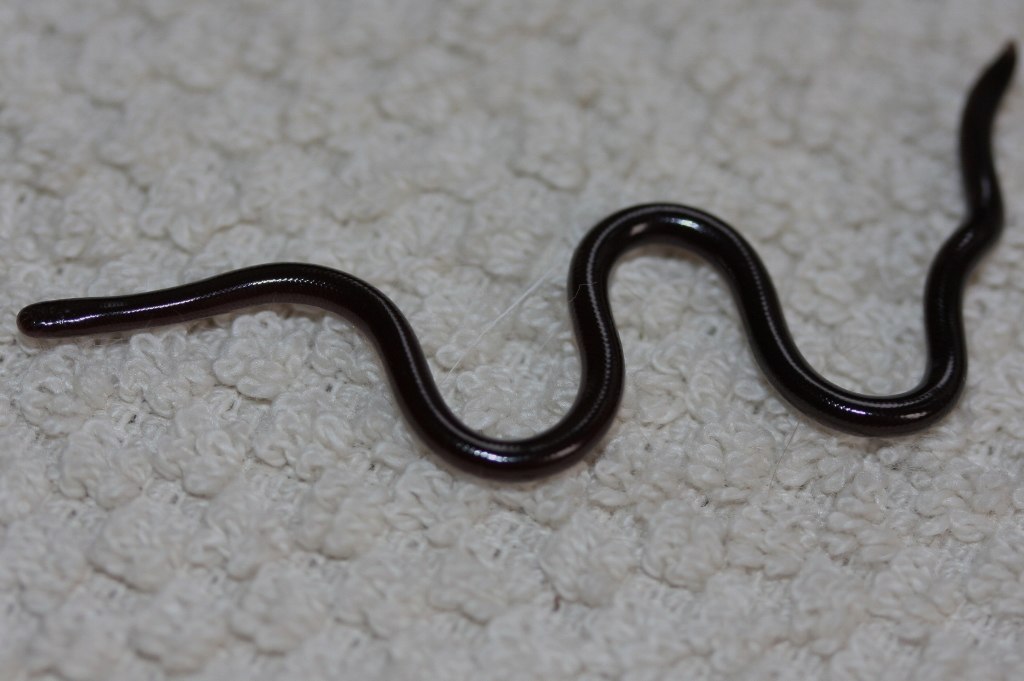
The small snake species found in shoes and debris piles have specialized diets reflecting their size and the confined nature of their chosen habitats. Brahminy Blind Snakes primarily consume the eggs and larvae of ants and termites, using their specialized mouths to raid insect nests within the soil and debris. Other small species like worm snakes and ring-necked snakes feed on earthworms, small salamanders, and various soft-bodied invertebrates that share their debris-dwelling lifestyle. Rather than active pursuit hunting, these snakes typically employ sit-and-wait tactics or slow, methodical searches through their habitat to locate prey. Their hunting behavior is particularly suited to the confined spaces they inhabit, where stealth and patience yield better results than speed or strength. Some species, including certain garter snakes, will emerge from their debris hideouts at night to hunt more actively in the surrounding area before returning to their secure shelter.
Seasonal Patterns and Migration
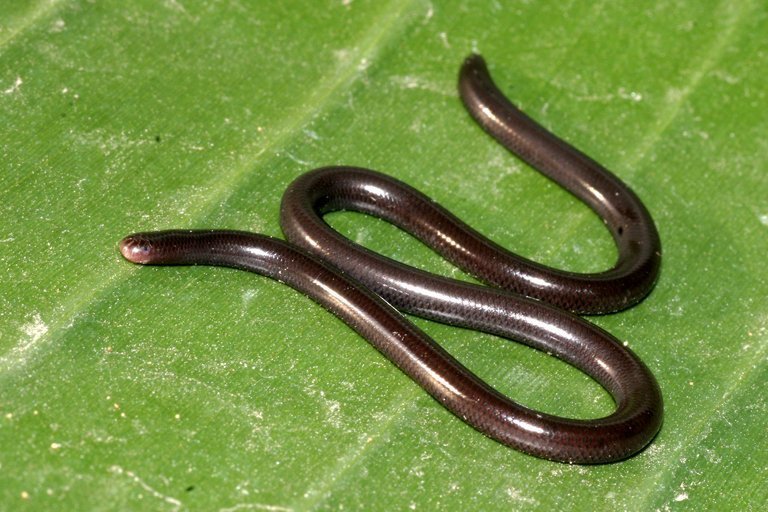
The tendency of snakes to occupy shoes and debris follows distinct seasonal patterns influenced by temperature, precipitation, and reproductive cycles. In temperate regions, these small snakes may seek out human-adjacent debris during autumn as they search for suitable overwintering sites that offer insulation against freezing temperatures. Spring often brings increased snake activity in debris piles as they emerge from winter dormancy and begin their breeding season, with females potentially seeking specific microhabitats for egg deposition. During summer heat waves, shoes and debris in shaded areas become particularly attractive as they offer cooler retreats compared to exposed environments. Many of these snake species exhibit small-scale migrations between different microhabitats throughout the year, perhaps moving from garden debris to house foundations or garages as seasonal conditions change, increasing the likelihood of human encounters during these transitional periods.
Relationship with Humans: Surprising Encounters
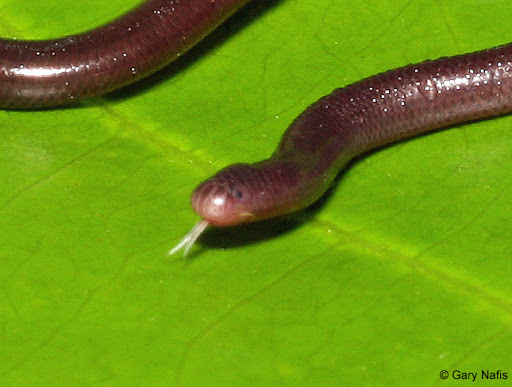
The unexpected discovery of a snake in one’s shoe typically elicits strong reactions ranging from fear to fascination, though these encounters rarely pose any danger to humans. Most shoe and debris-dwelling snake species are non-venomous, small-bodied, and generally non-aggressive, preferring to flee rather than confront larger animals, including humans. The Brahminy Blind Snake, the species most commonly found in shoes, lacks functional teeth and primarily uses its pointed snout to burrow, making it physically incapable of delivering a meaningful bite to humans. Cultural perceptions significantly influence reactions to these encounters, with some traditions viewing house snakes as good luck or beneficial pest controllers, while others react with universal fear regardless of the species. Understanding the harmless nature of these small snakes can transform startling encounters from frightening experiences into educational moments that foster appreciation for urban wildlife adaptability.
Ecological Benefits: Nature’s Pest Controllers
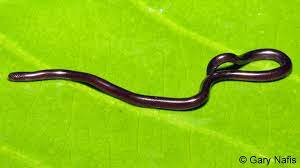
Despite their sometimes startling presence, shoe and debris-dwelling snakes offer significant ecological services in human-adjacent environments. These small reptiles function as natural pest management systems, consuming insects, larvae, and other invertebrates that might otherwise become problematic around homes and gardens. The Brahminy Blind Snake, for instance, specializes in consuming ant and termite eggs, potentially reducing populations of these structural pests before they establish large colonies. Their burrowing activities contribute to soil aeration and nutrient cycling, particularly in garden environments where they help maintain healthy soil structure. As mid-level predators in the garden ecosystem, these snakes help regulate invertebrate populations while themselves serving as occasional food for larger predators like birds and mammals, contributing to biodiversity and ecological balance in suburban and urban green spaces.
Conservation Concerns and Population Trends
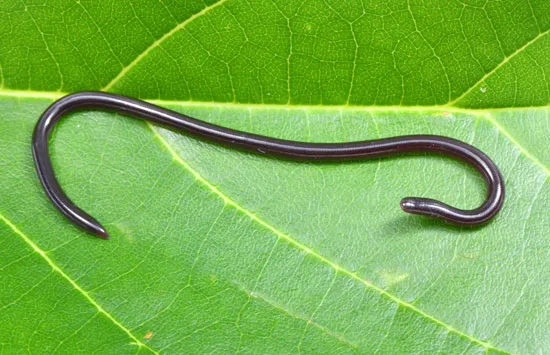
While many shoe and debris-dwelling snake species demonstrate remarkable adaptability to human-modified environments, they face multiple conservation challenges that affect their populations. Habitat loss remains the primary threat as urbanization eliminates natural areas and landscaping trends favor minimalist designs with reduced plant cover and debris. Pesticide use in gardens and yards can both directly poison these small snakes and eliminate their prey base, creating ecological dead zones uninhabitable by reptiles. Climate change introduces additional stressors through altered temperature patterns, drought, and increased frequency of extreme weather events that can destroy microhabitats or disrupt seasonal activity cycles. Intentional killing due to misidentification or general ophidiophobia (fear of snakes) adds further pressure, particularly on populations already stressed by habitat fragmentation and reduced resource availability in suburban and urban environments.
How to Safely Remove Snakes from Shoes and Debris

Discovering a snake in a shoe or debris pile requires a measured approach that ensures safety for both human and reptile. The first step should always be to remain calm and assess the situation from a safe distance, remembering that the snake is likely more frightened than you are and not intentionally invading your space. For shoes specifically, turning the footwear upside down and gently shaking it over an outdoor area usually encourages the snake to exit on its own without direct handling. When clearing debris piles where snakes might reside, wearing thick gloves and using long-handled tools like rakes or pitchforks creates a safer buffer zone between you and any startled reptiles. Rather than attempting to capture the snake, simply providing it with an escape route away from human activity is typically the most effective and safest approach for both parties, allowing the snake to relocate to a more suitable natural habitat.
Creating Snake-Friendly (or Snake-Deterrent) Environments
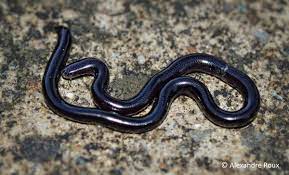
Homeowners can make informed choices about whether to accommodate or discourage these small reptiles based on their comfort level and ecological values. For those wishing to create snake-friendly spaces, maintaining brush piles, compost heaps, and naturalized garden areas with leaf litter provides essential habitat, while positioning these features away from high-traffic human areas reduces surprise encounters. Reducing pesticide use supports healthy invertebrate populations that comprise the snakes’ food base, contributing to a balanced garden ecosystem. Conversely, those preferring to minimize snake presence can implement deterrent strategies such as keeping areas around foundations clear of debris, elevating woodpiles on platforms, and regularly moving stored items like shoes to discourage settlement. Regardless of approach, education about the ecological role and generally harmless nature of these small snakes helps foster more rational and less fearful responses to occasional encounters.
Global Distribution and Habitat Expansion
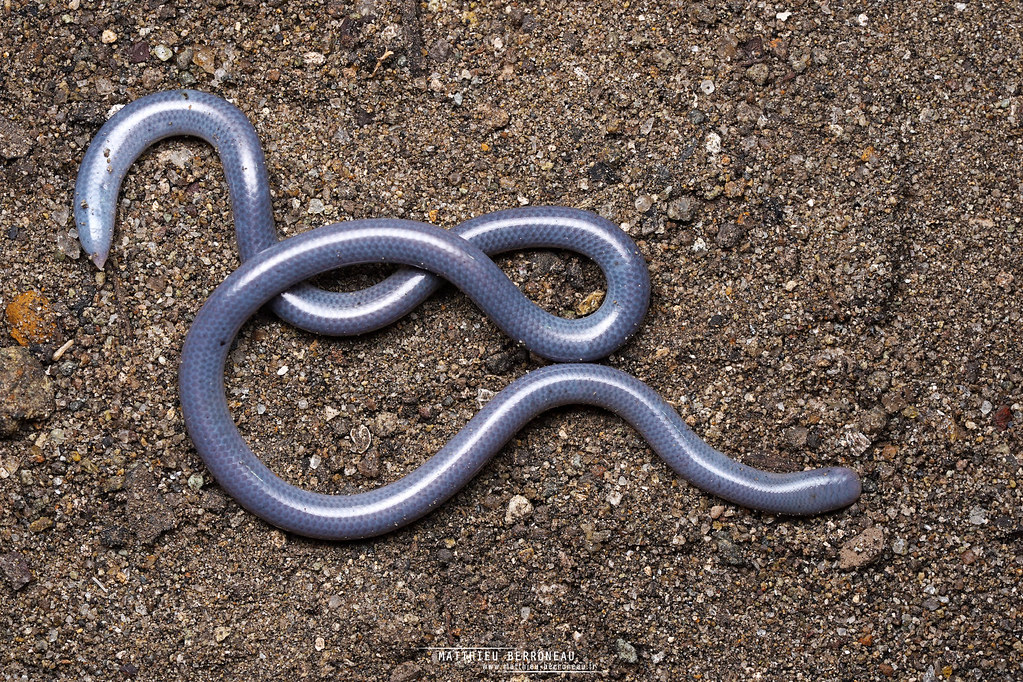
The phenomenon of snakes inhabiting shoes and debris occurs worldwide but varies significantly by region based on local snake species and their adaptability to human environments. The Brahminy Blind Snake demonstrates perhaps the most remarkable global expansion, having been accidentally transported throughout tropical and subtropical regions worldwide through the commercial plant trade, earning its alternate name “flowerpot snake.” Native to Southeast Asia, this tiny species now thrives in Florida, Hawaii, Australia, and numerous other locations where it arrived hidden in the soil of imported plants. Local species of small snakes have independently adapted to human-modified environments across six continents, with particularly notable shoe and debris-dwelling behaviors documented in garter snakes throughout North America, brown snakes in Australia, and various small colubrid species in Europe. Climate change may further expand the range of these adaptable reptiles as warming temperatures make previously inhospitable northern regions newly suitable for cold-sensitive species.
The phenomenon of snakes inhabiting abandoned shoes and debris piles beautifully illustrates the remarkable adaptability of wildlife in the Anthropocene era. These small reptiles have effectively turned human cast-offs and yard waste into valuable ecological niches, finding shelter, food, and breeding opportunities in spaces we often overlook. Rather than viewing these encounters as unwelcome invasions, we might better understand them as successful adaptations to a human-dominated landscape – evidence of nature’s resilience and flexibility. While reasonable precautions like checking shoes and wearing gloves when clearing debris make sense, appreciating these small snakes for their ecological contributions and fascinating behaviors can transform startling discoveries into moments of connection with the natural world that persists alongside us. As we continue to reshape environments worldwide, the shoe-dwelling snake stands as a reminder that wildlife finds ways to coexist with us, often in the most surprising and intimate spaces.

